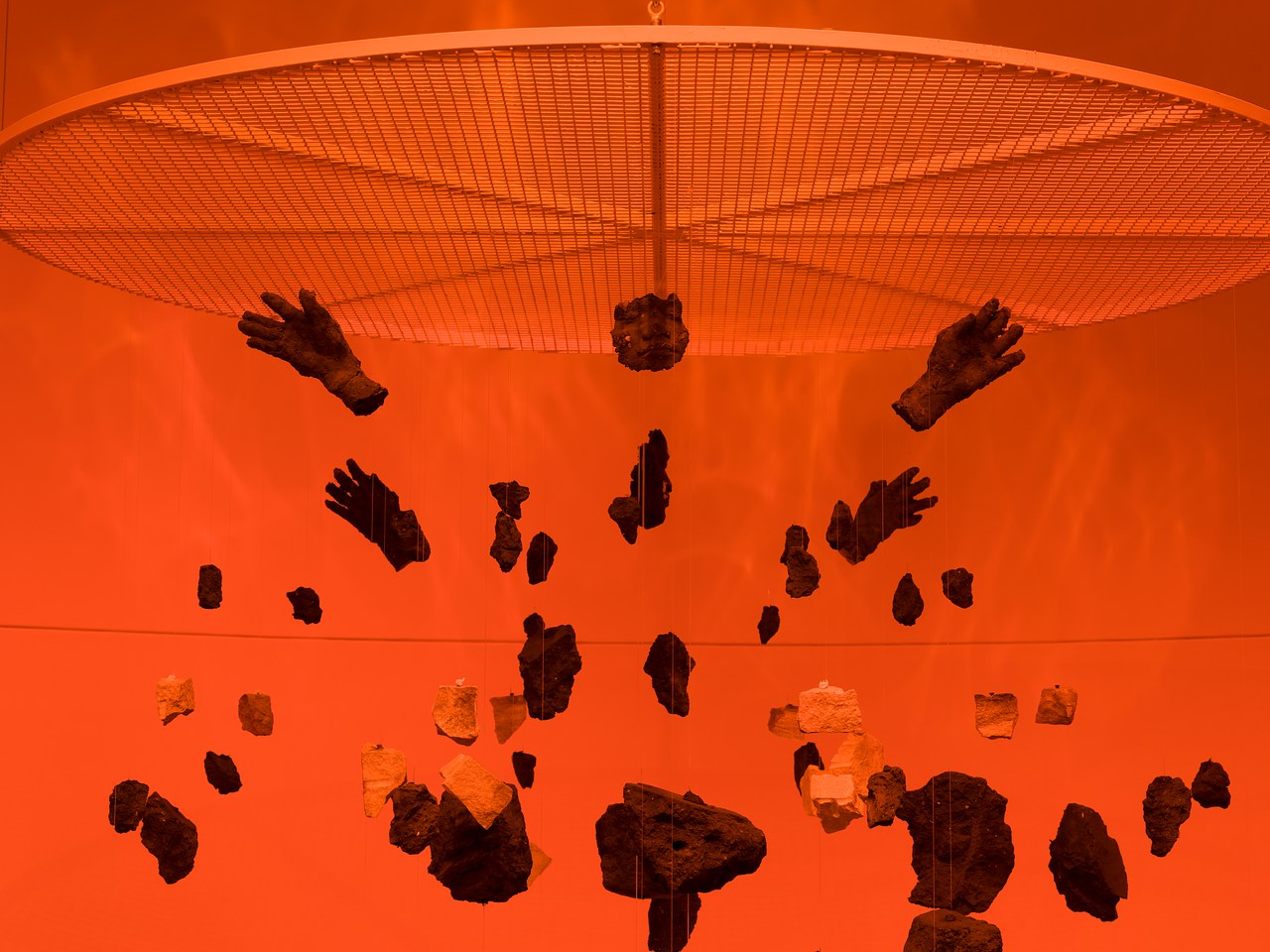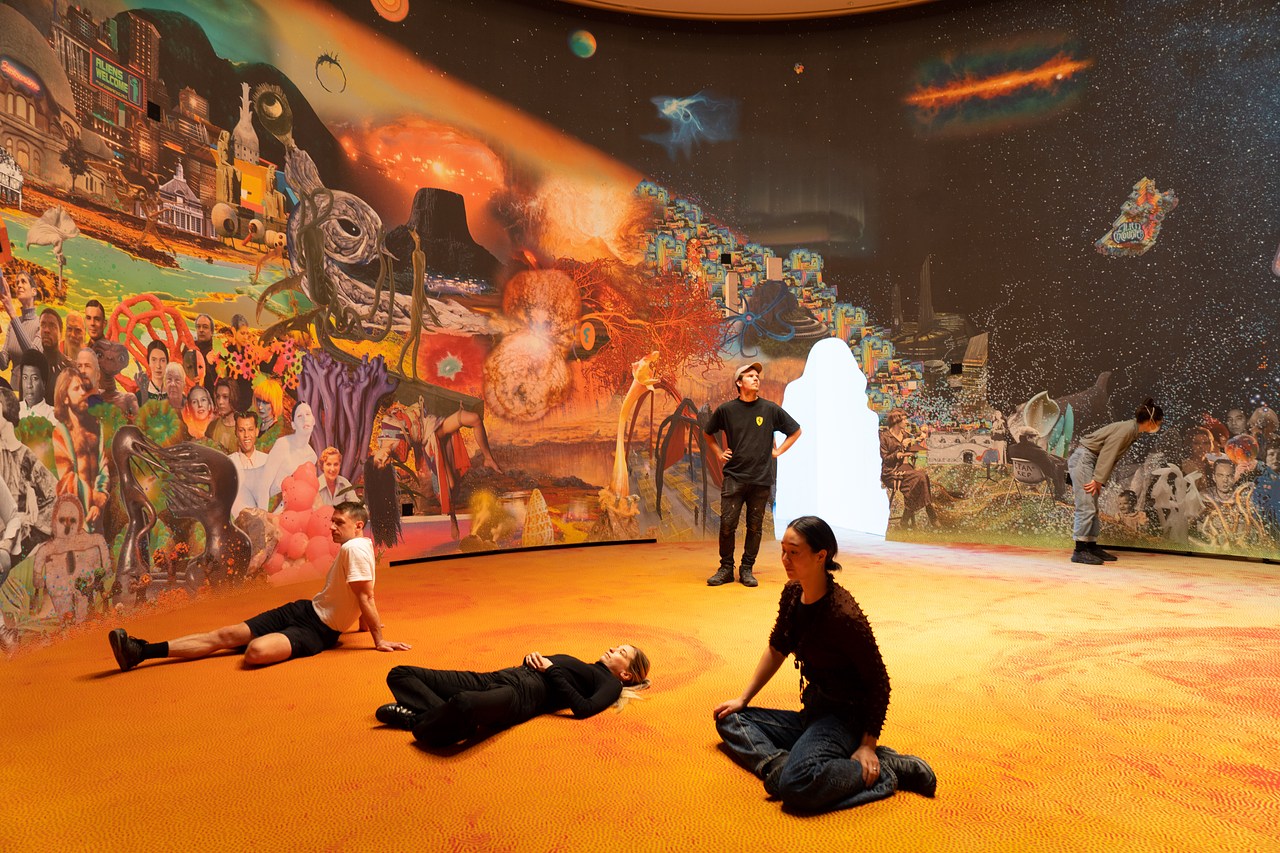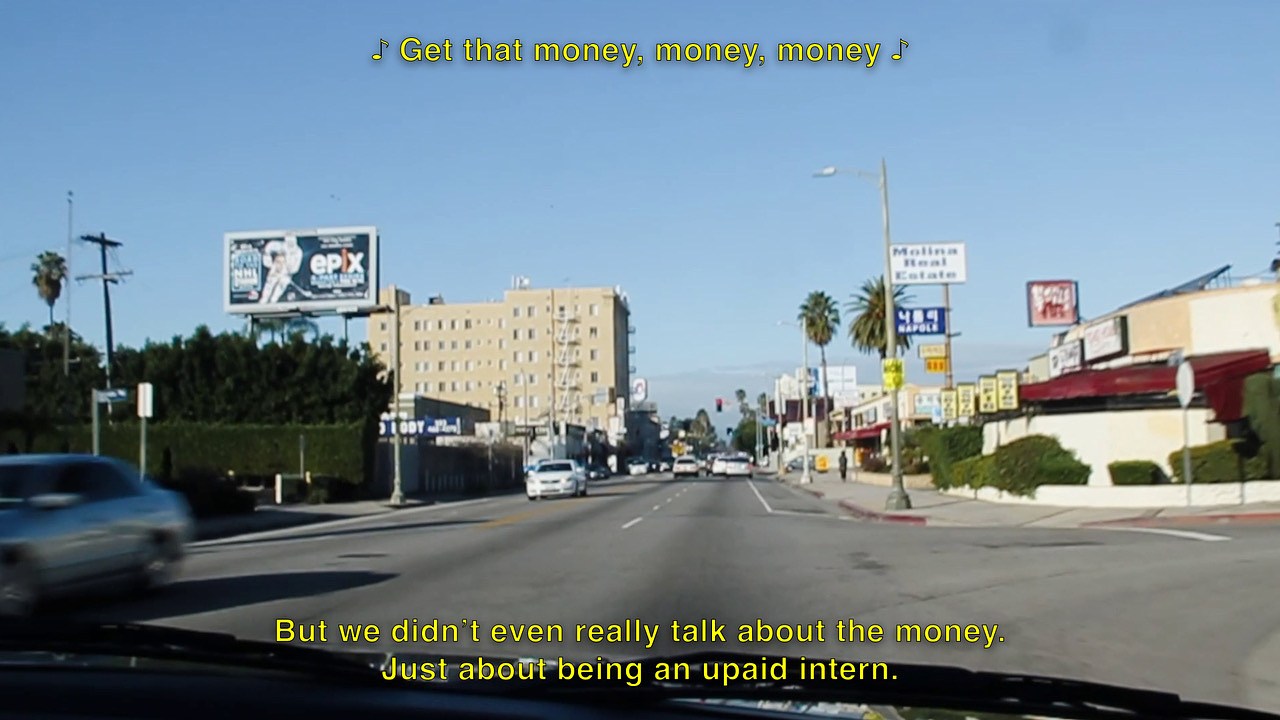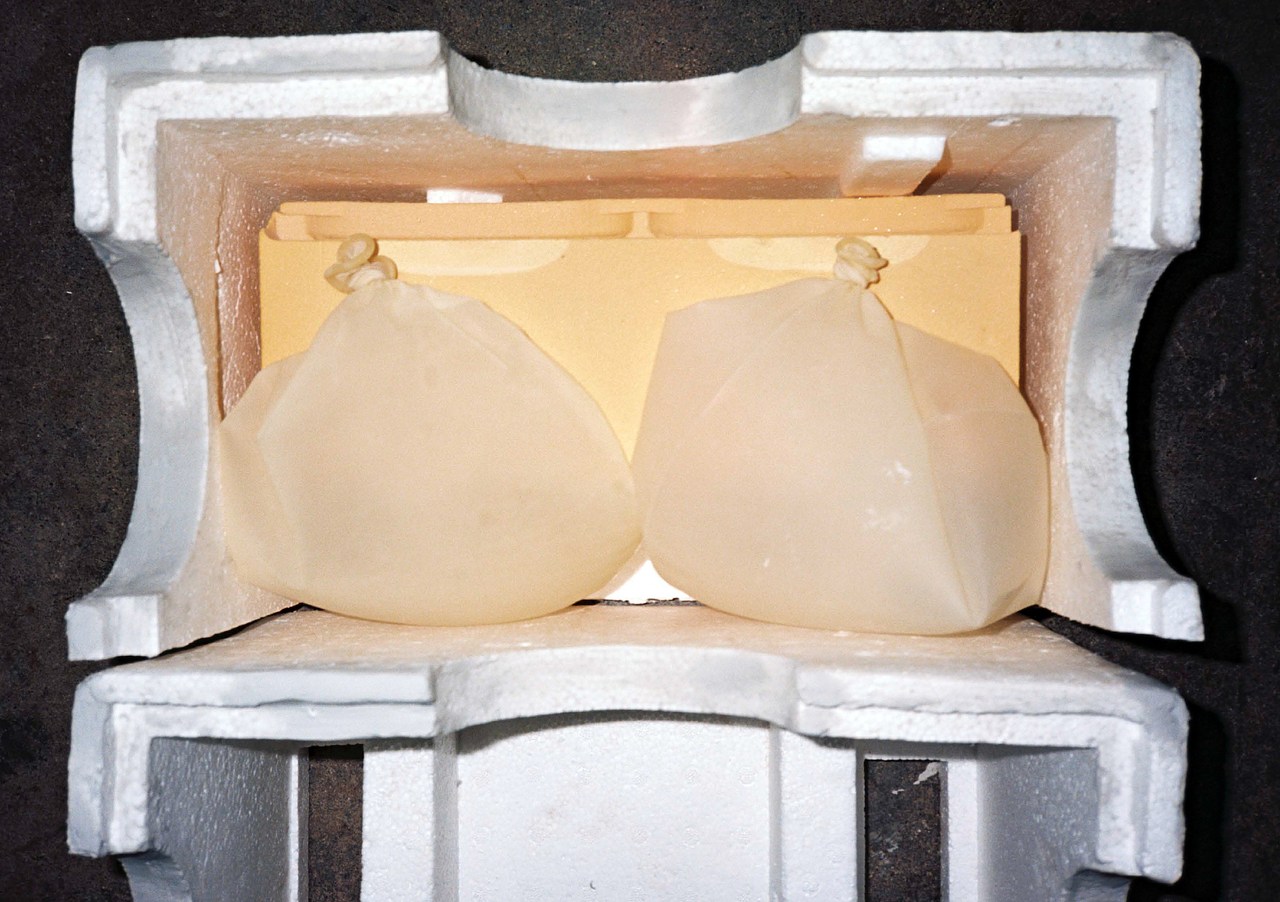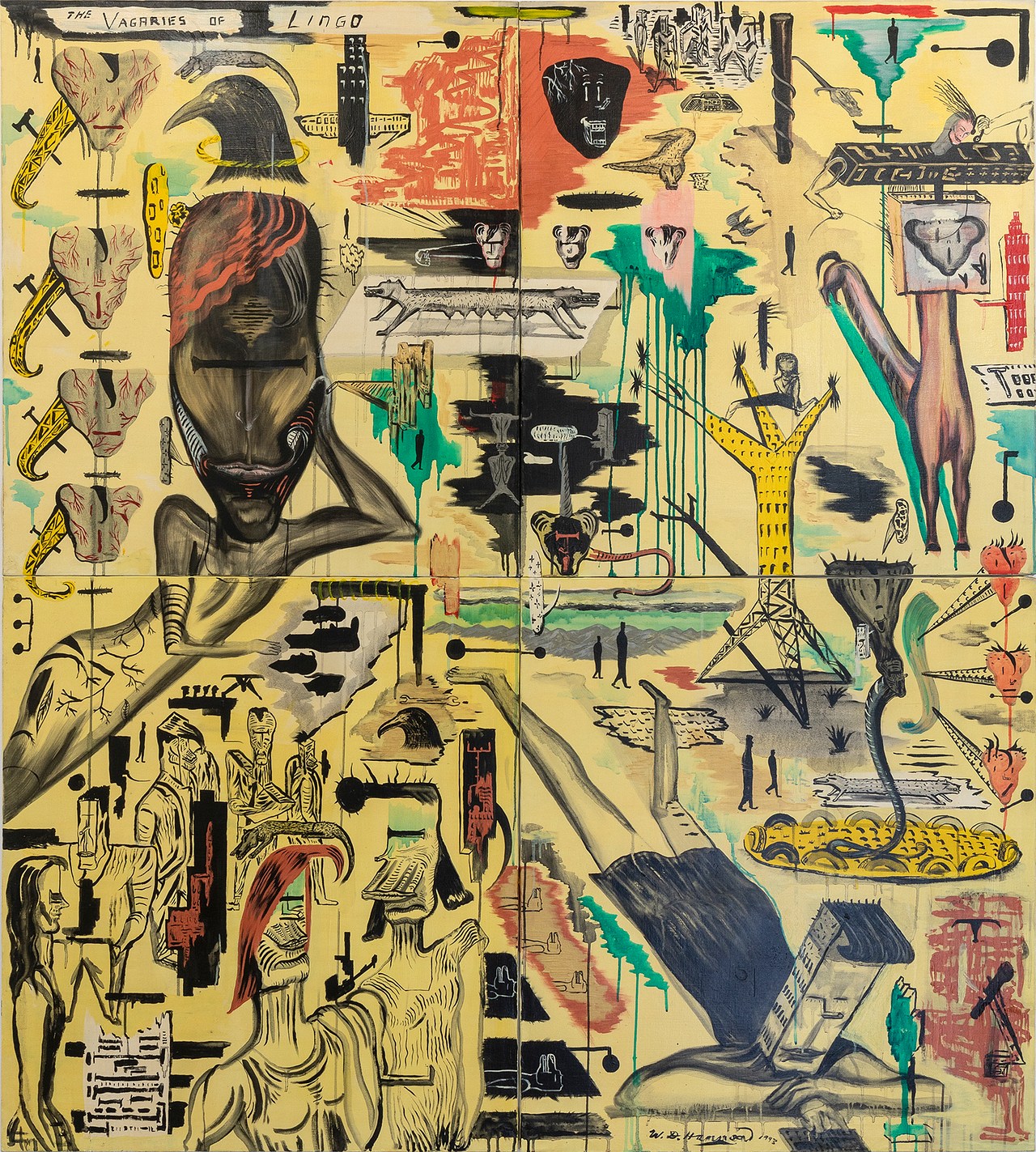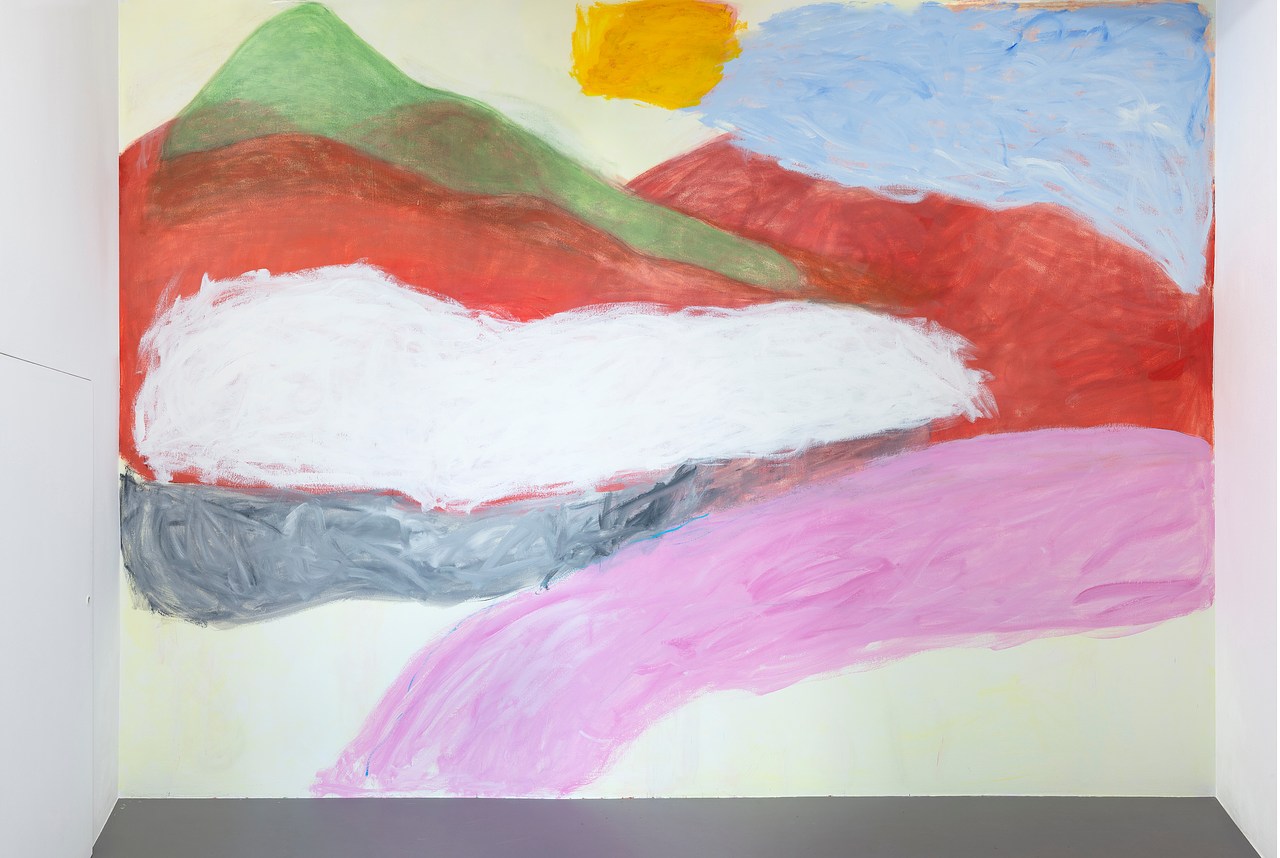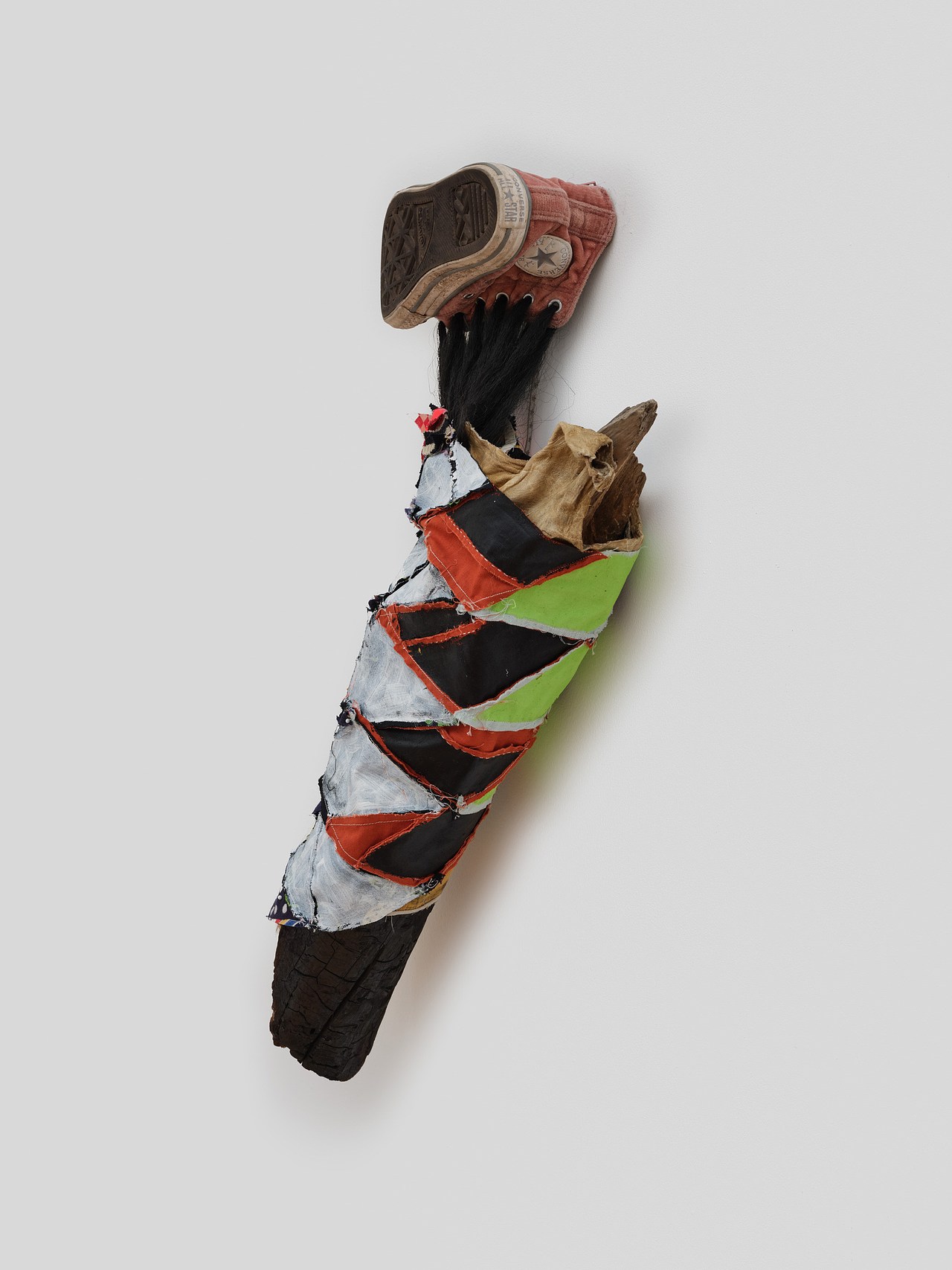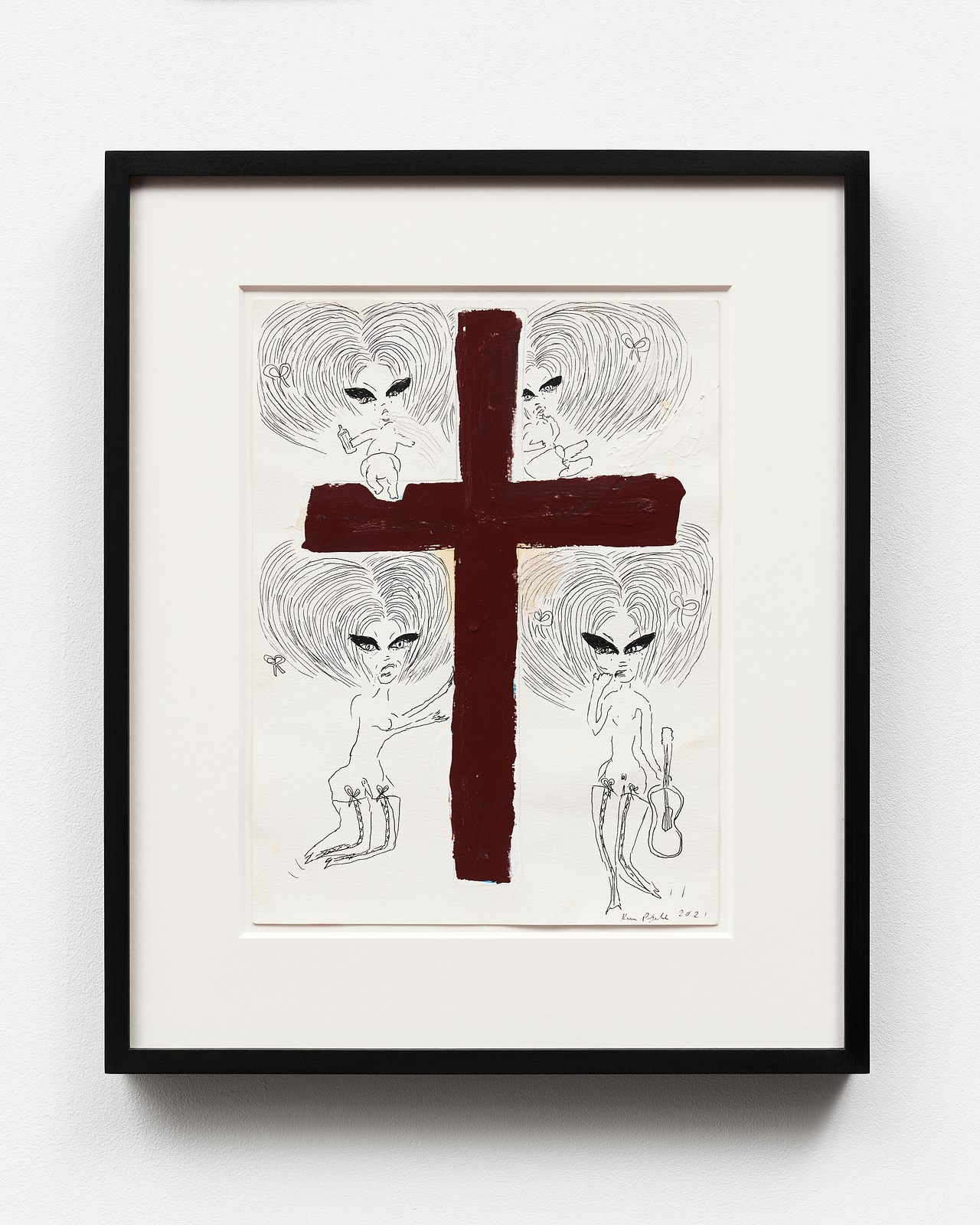The art collection of tech mogul Paul Allen, cofounder of Microsoft who died at the age of 65 in 2018, will be sold at Christie’s in what will be one of the highest-valued single-owner sales ever to come on the open market, the Wall Street Journal first reported on Thursday.
Listed among the ARTnews Top 200 Collectors for more than two decades, Allen amassed a collection worth an estimated $1 billion. The house has not yet announced when Allen’s holdings will hit the block.
Christie’s will sell a group of 150 artworks from Allen’s estate, the collection poised to be the most expensive ever sold at auction, beating out two recent marquee single-owner holdings. It is likely to surpass the $922 million generated by the sale of the court-ordered Macklowe’s collection, sold at Sotheby’s earlier this year, as well as the 2018 sale of David Rockefeller’s collection at Christie’s in 2018, which brought in $835 million.
Allen, whose cause of death was complications from non-Hodgkin’s lymphoma, designated his sister Jody Allen as sole executor of his estate. She remains chair of his investment company, Vulcan.
Known primarily as a tech pioneer starting in the mid-’70s, Allen also gained a reputation for being a serious philanthropist and art collector, a vocation around which he was highly discreet. He first appeared on the Top 200 Collectors list in 1997, and held a place there in every edition until his death in 2018. In the 2020 edition, ARTnews predicted that Allen’s collection would soon head to auction.
Copyright
© Art News


